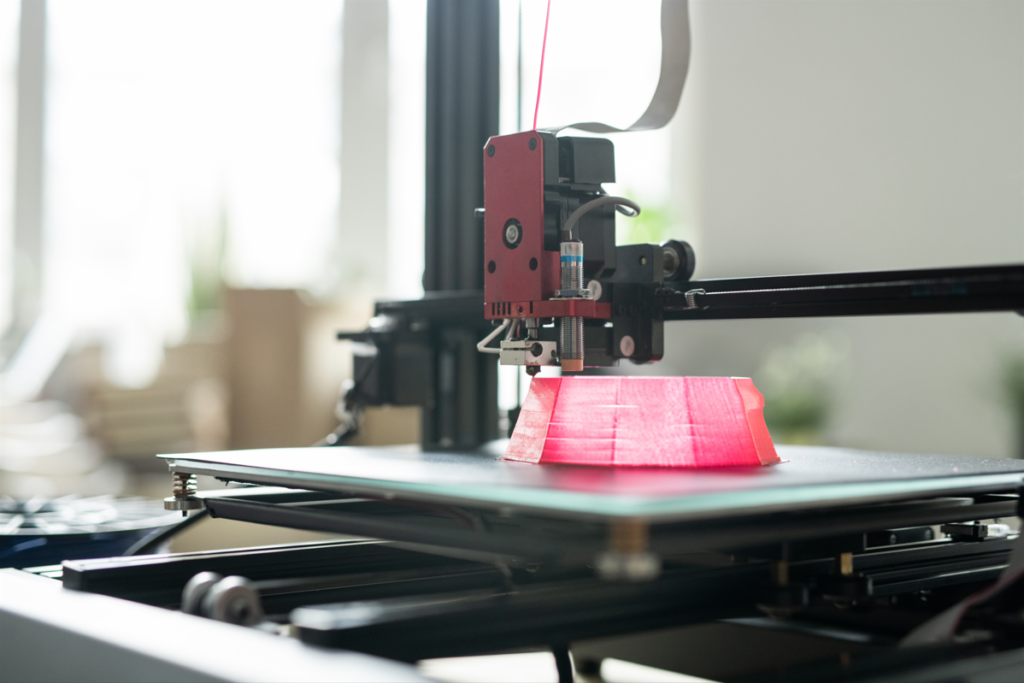
The Basics: 3D Printing
How 3D printer work, and what they can do for you
Not so long ago, if you wanted to manufacture an object out of plastic it would involve expensive tooling, injection moulding, and a long time to wait. All of this added up to long development times and high cost. These days objects can be 3D printed in a fraction of the time and for pennies instead of thousands of pounds.
In general, there’s two types of 3D printer, filament printers and resin printers. While they aim to achieve similar goals their methods of doing so are vastly different and they each have their own pros and cons:
Filament Printers
Filament 3D printers use a plastic filament that is extruded through a heated nozzle, building up the print layer by layer. The most common type of filament used is thermoplastic, such as PLA or ABS, but there are many other types available. These printers are typically more affordable and easier to use than resin printers, making them a popular choice for hobbyists and beginners. Filament printers are also capable of producing larger prints than resin printers, making them suitable for creating functional objects such as parts for machinery or prototypes.
Resin Printers
Resin 3D printers use a photopolymer resin that is solidified by a laser or light source, creating a high-resolution, detailed print. These printers typically use a process called stereolithography (SLA) or digital light processing (DLP) to cure the resin layer by layer. Resin printers are capable of producing highly detailed prints with intricate details and sharp edges, making them ideal for creating models, jewellery, and other small, high-precision objects. They are also capable of producing prints with a smooth surface finish, eliminating the need for post-processing.
Another significant difference is the cost. Resin printers tend to be more expensive than filament printers, both in terms of the initial cost and ongoing material expenses. Resin printing requires the use of specialized resins, which can be expensive, while filament printers can use more affordable and widely available plastic filaments.
In conclusion
In the end what kind of 3D printer works for you is entirely down to your needs, your use case, and how convenient you want the process to be. If you need items 3D printed for your project, why not get in touch with OR3D? Your can contact us via:
Phone – 01691 777774
email – info@or3d.co.uk
Our Contact page – https://www.or3d.co.uk/contact-us/









